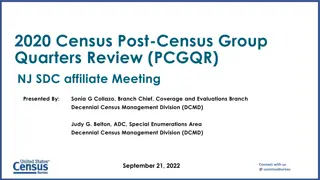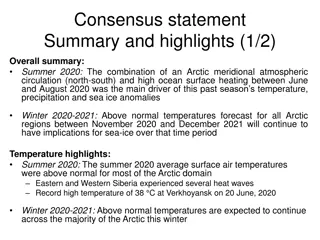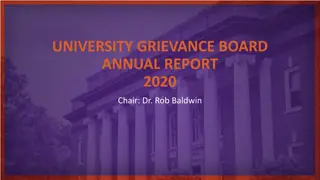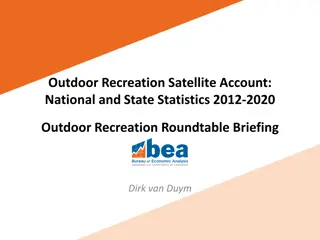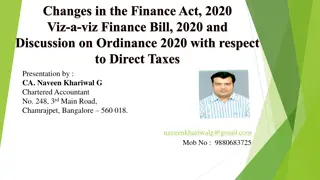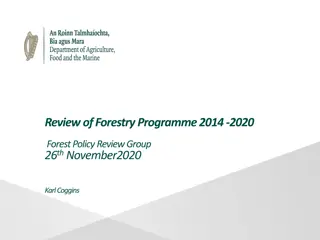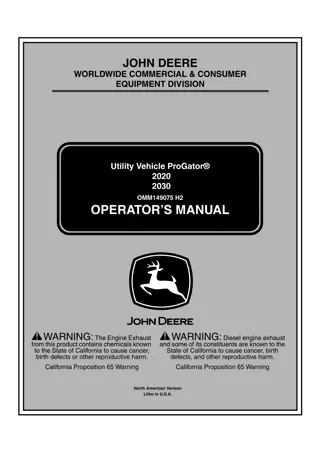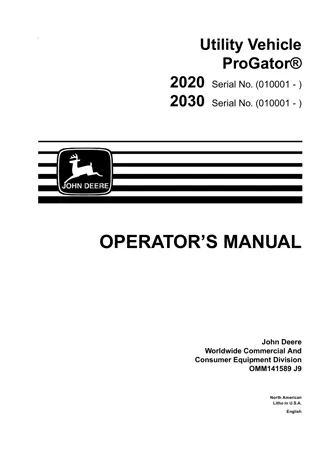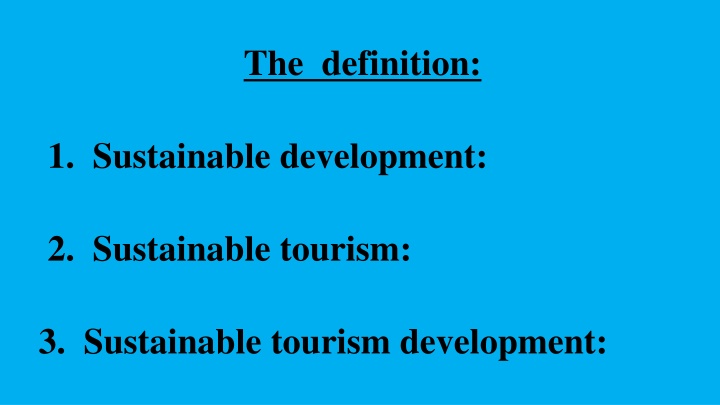
Understanding Sustainable Tourism and Development
Sustainable development and tourism aim to meet present needs while safeguarding resources for future generations. Sustainable tourism promotes conservation, minimizes visitor impact, and involves local communities. It contrasts with conventional tourism by prioritizing profits, environmental protection, and community engagement. Sustainable tourism development seeks to balance economic, social, and environmental needs while preserving cultural integrity and biodiversity.
Download Presentation

Please find below an Image/Link to download the presentation.
The content on the website is provided AS IS for your information and personal use only. It may not be sold, licensed, or shared on other websites without obtaining consent from the author. If you encounter any issues during the download, it is possible that the publisher has removed the file from their server.
You are allowed to download the files provided on this website for personal or commercial use, subject to the condition that they are used lawfully. All files are the property of their respective owners.
The content on the website is provided AS IS for your information and personal use only. It may not be sold, licensed, or shared on other websites without obtaining consent from the author.
E N D
Presentation Transcript
The definition: 1. Sustainable development: 2. Sustainable tourism: 3. Sustainable tourism development:
Sustainable development Sustainable development is development that meets the needs of the present, without compromising the ability of future generations to meet their own needs
Sustainable tourism Sustainable tourism is Environmentally responsible travel and visitation to natural areas, in order to enjoy and appreciate nature (and any accompanying cultural features, both past and present) in a way that promotes conservation, has a low visitor impact, and provides for beneficially active socio-economic involvement of local peoples.
CONVENTIONAL TOURISM SUSTAINABLE TOURISM 1. Has one goal: profit 1. Planned with three goals: profit, environment, and community 2. Often not planned in advance; it just happens 2. Usually planned in advance with involvement of all stakeholders 3. Tourist oriented 3. Locally oriented 4. Controlled by outside parties 4. Locally controlled, at least in part 5. Focus on entertainment for tourists 5. Focus on educational experiences 6. Conservation not a priority 6. Conservation of natural resources a priority 7. Communities not a priority 7. Appreciation for local culture a priority 8. Much revenue goes to outside operators & investors 8. More revenue stays with local community and MPA
Sustainable tourism development Sustainable tourism development meets the needs of present tourists and host regions while protecting and enhancing opportunities for the future. It is envisaged as leading to management of all resources in such a way that economic, social and aesthetic needs can be fulfilled while maintaining cultural integrity, essential ecological processes, biological diversity, and life support systems. While tourism is welcomed almost universally for the benefits and opportunities it creates, there is a growing recognition of the need to see tourism in its environmental context, to acknowledge that tourism and the environment are interdependent, and to work to reinforce the positive relationship between tourism, the environment and poverty reduction.

